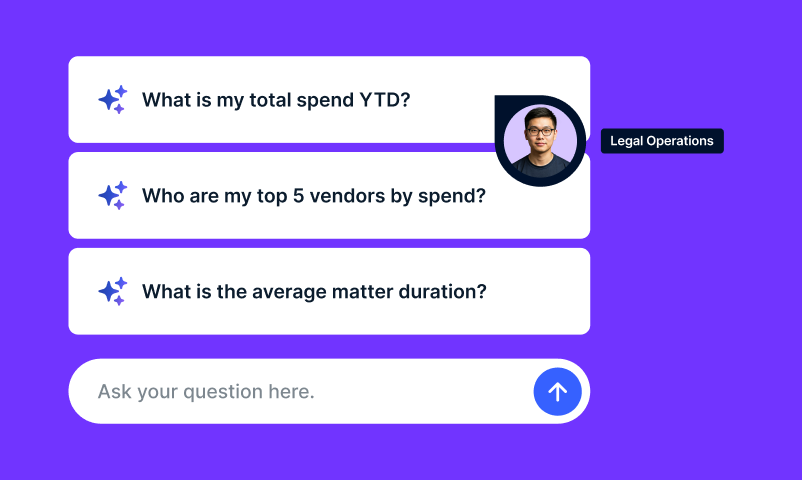The business climate around us has changed, and in many cases, not for the better, with undue value placed on eking out more productivity (not the good kind), while spending less. For legal departments, this means a triple whammy of smaller budgets, fewer resources, and increasing workloads being brought back in-house. Businesses that best adapt to their changing climate will not only survive, but thrive. In the words of Charles Darwin, “It is not the strongest or the most intelligent who will survive but those who can best manage change.” One way to ensure your business continues to thrive is by engaging in strategic process improvement.
In a recent article by George Dunn and Wendy Hufford, both experts in process improvement, the authors lay out a simple 3-step process improvement plan for legal departments. Process improvement can be an overwhelming project with many teams stalling just out of the gate because of the truly daunting nature of change. The article does a great job of distilling change down to a few exercises so that you can start putting pen to paper when it comes to a much-needed change.
According to the authors, step one is to get acquainted with the various process methodologies out there. Everyone may be talking about process, but there are many different ways to approach it. The five methodologies noted by the authors are Continuous Process Improvement, Business Process Management, Re-engineering, LEAN, and Six Sigma. Sometimes, it takes a combination of methods to find the right fit for your organization. At Onit, our solutions employ a combination of business process management (BPM), which focuses on “innovation and flexibility through combining process and technology changes,” and the continuous process improvement methodology, which focuses on making small changes over time rather than one big overall change.
Next, you should identify the areas within your department that could use improvement. Anyone who’s worked on an in-house legal team will be familiar with the common departmental vulnerabilities outlined by the article. Onit Smart Process Apps aim to create efficiency in common tasks that typically cause a lot of backlog and frustration. Processes such as contract management and administration, records retention and storage, and email communication are ripe with unnecessary frustration due to lack of visibility, the tracking down of documents, approval delays, and exposure to risk. So, how can you tell if a process is ripe for change? Look out for these five signs.
At Onit, we offer Smart Process Apps to tame common processes such as contract review and approval, NDAs or alternative fee arrangements. Need a custom solution? Our nimble App Builder platform allows you to create a customized solution that can adapt to grow with your business. Onit’s overarching philosophy across all of our technology solutions is to provide a new level of visibility and transparency into processes to help knowledge workers involved in the process be more productive, happier and more successful.
The third and last step is to create a process improvement plan for your department. The article lays out some specific items to think about, consider, and finalize, in order to put that plan into place. One important item is to start creating a culture of change within your organization. One way to do this is to build a coalition of like-minded individuals united around one inefficient process area. Check out our blog post: “3 Steps to Creating a Solid Foundation for Your Change Initiative.”
Another big part of creating a plan is to prioritize potential process improvement initiatives and to audit current processes to find soft spots and opportunities. Need help conducting a process audit? We’ve put together four exercises that will help you deconstruct your process in order to figure out your baseline and lay out a plan for improvement. Finally, an important step as you engage in any process improvement initiative is to enlist the help of a third-party partner who can help you every step of the way.
Have some process improvement ideas for your legal department, but not sure where to start? Onit can help! Contact us or schedule a demo to learn more about our Smart Process Apps and App Builder platform.
Need more inspiration to start a change initiative? The Darwin quote above comes from an excellent list of quotes about change from Inc.com.



